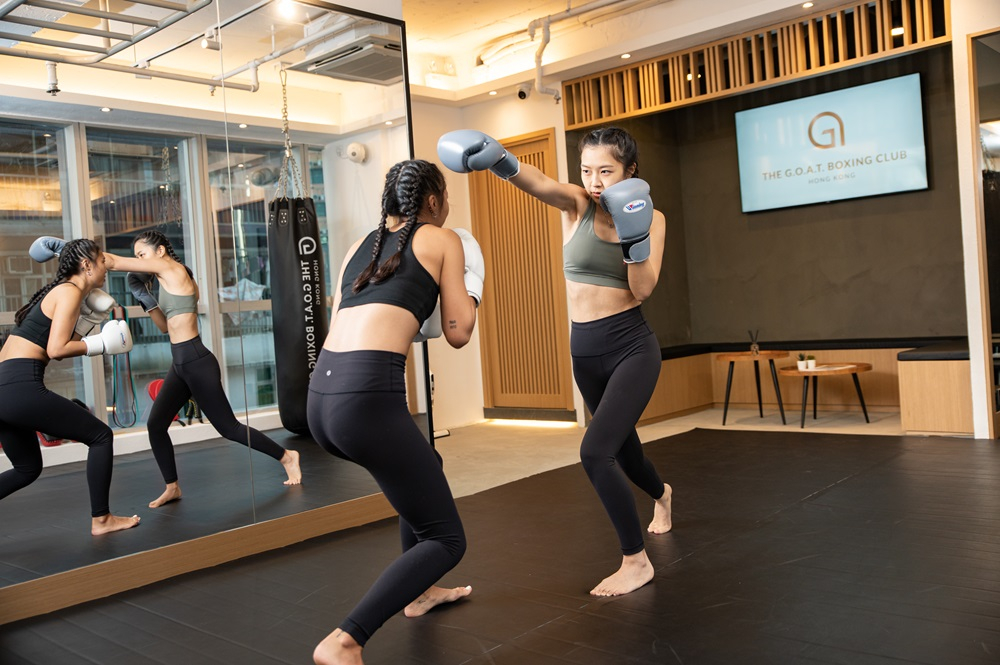The Trend of Boxing - How Did It Become Popular?

Boxing has captured the fascination of millions around the world, evolving from ancient combat practice to a prestigious modern sport. Its rise to popularity encompasses centuries of history, embodying both the physical prowess and strategic mental planning of its participants. Today, boxing stands not only as a competitive sport but also as a celebrated part of workout plans adopted by celebrities and popular culture. In this guide, we will explore the origins of boxing and discover why it is so popular today.
Origins of Boxing
The roots of boxing stretch back millennia, tracing back to ancient Sumeria and Egypt. This primal form of combat focused primarily on raw strength and endurance through bare-knuckle brawling with minimal rules. Fast-forward to 688 BC, boxing began to grow in prominence as a sport by being included in the ancient Olympic Games of Greece. From there, basic rules were formed, barring the use of wrestling or holds. This laid the foundation of modern boxing.
During the 17th century, boxing gained popularity in England, leading to the development of official rules, techniques, and the classic boxing stance. It then spread to the Americas through European colonists, fostering the emergence of distinct styles and techniques. As European powers colonized various regions, boxing was further exposed to different cultures through migration, cultural exchange, and the establishment of global boxing organizations.
Why Is Boxing So Popular Nowadays?
Although the influences of boxing started reaching across the globe culturally around the 18th to 19th centuries, its mainstream popularity began in the early 20th century. As it transformed into a fully established and regulated sport, its increased appearance in popular cultures, televised matches, and the growing numbers of celebrities, actors, and models who practiced the sport all helped propel it to new heights of global recognition and fan engagement.
Influence of Famous Boxers
The 20th century witnessed the rise of boxing icons who transcended the sport, becoming cultural figures and celebrities admired for their athletic prowess and captivating personalities. These legendary champions significantly contributed to boxing's global popularity.
Muhammad Ali, who won Olympic gold in the light heavyweight division of boxing in 1960, was known for his charisma beyond the ring. His outspoken stances on social issues and his flamboyant pre-fight persona captured the public's attention, making him a household name even among casual viewers. The massive crowds drawn to Ali's fights, both in the United States and internationally, showcased the immense public interest he generated for the sport.
Similarly, Mike Tyson dominated the boxing scene in the 1980s by redefining boxing strategies and captivated audiences worldwide. Pay-per-view sales for his fights skyrocketed, bringing boxing into the homes of millions and inspiring a new generation of boxing enthusiasts. The growth of sponsorships, lucrative endorsement deals, and media appearances secured by these champion boxers further solidified their status as sporting celebrities and broadened the reach of boxing to a global audience.
Pop Culture and Boxing
Boxing narratives have become a fixture in popular culture, offering inspiration and entertainment to a broad audience. Films like "Rocky" (1976) depict the struggles and triumphs within the boxing world, exploring themes of overcoming adversity and the pursuit of athletic glory. The film grossed over US$225 million at the box office worldwide, won three Academy Awards, including Best Picture in 1977, and catapulted action star Sylvester Stallone to stardom. This unexpected commercial success and critical acclaim for the film added to the appeal of boxing, generating significant popular attention to the sport.
Apart from films, boxing video games, such as Punch-Out!, began to surface in the 1980s, allowing video players and gamers to step into the ring virtually, experiencing the thrill and challenge of the sport in a safe and engaging environment. This accessibility fosters interest in boxing among younger generations, potentially leading them to pursue the sport or develop a lifelong appreciation for it.
Growing Fitness Trends

Coming into the 21st century, there has been an ever-increasing number of boxing gyms and fitness classes that reflect a growing awareness of the sport's effectiveness in delivering multiple fitness benefits in a single activity. Scientific research from prestigious universities around the world, such as Harvard University, has documented the positive impact of boxing on cardiovascular health, muscular strength, and mental agility, making it an attractive option for people seeking a data-driven approach to exercise.
As boxing offers a comprehensive workout, it has become a favorite among celebrities and models who are looking for a challenging and effective workout. Actors and actresses like Will Smith and Halle Berry have credited boxing for getting them into top physical shape for movie roles. Celebrity models such as Adriana Lima and Alessandra Ambrosio also regularly box to maintain their sculpted physiques. With a large number of celebrities incorporating boxing into their fitness routine, more people are following in their footsteps, embracing the sport as a popular fitness choice.
Kickstart Your Boxing Journey with The G.O.A.T. Boxing Club
Transform your fitness journey into an empowering experience at The G.O.A.T. Boxing Club. We combine expert trainers with personalized boxing instruction to help you achieve your fitness goals. Our luxurious facilities in Hong Kong provide a motivating environment to push your limits and discover your inner champion. Join us today and redefine what you're capable of.



